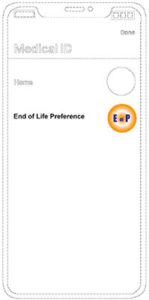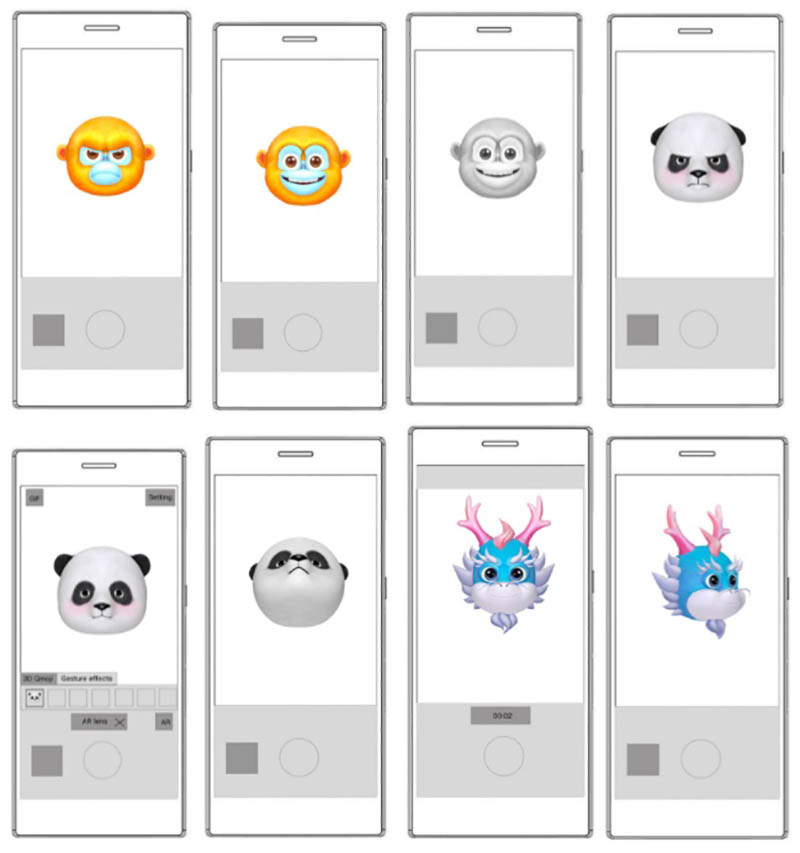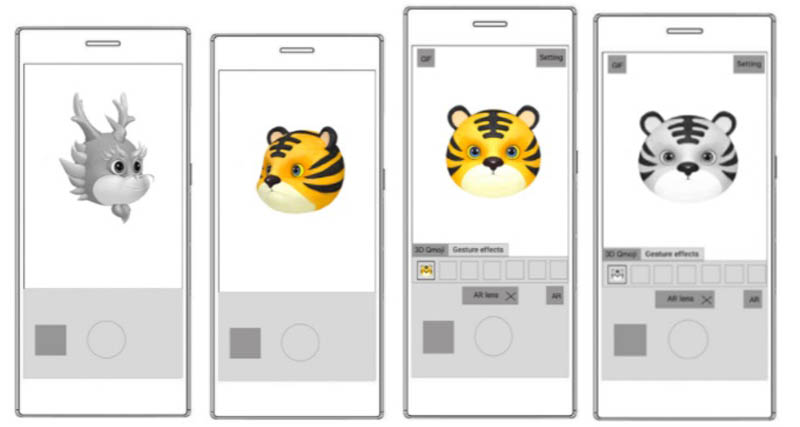USPTO ISSUES NEW DESIGN PATENTS FOR MOBILE PHONE GRAPHICAL USER INTERFACES (GUIs)
The mobile phone application market is substantial. There are between 5–7 billion mobile phone users worldwide, and about 60% of the world’s population is accessing the Internet (via, e.g., a smartphone). When Apple launched the iPhone in 2008, their App Store included 500 apps. Now there are around 1.8 million apps available.
Developers spend a significant time developing new apps and designing unique graphical user interfaces for their app. Their efforts warrant consideration of how to protect the design of the GUI so competitors cannot try to copy it when it enters the public domain.


Design patents protect the ornamental design of an article of manufacture. In many cases, design patents offer an economical way to protect the design of new GUIs. One thing to know about design patents is the figures can illustrate a static GUI or a dynamic GUI, which uses a sequence of images to indicate something to the user. The images may be shown as a line drawing or as a digital image (in color or gray scale).
One example of a static GUI is shown in D919,639, issued on May 18, 2021, for the ornamental design for a display screen with graphical user interface. In the sole figure to the left, the outer broken lines show a mobile phone as an environmental structure for the GUI, and form no part of the claimed design).
A few examples of a dynamic GUI are shown in the family of design patents D919,658; D919,659; D919,660; and D919,661, for the ornamental design a mobile phone GUI. As shown in the figures below, the patents feature animated images of different animals (monkey, panda, dragon, tiger). Each patent includes various perspectives of the animal face in color and in gray scale.




Another example of a dynamic, GUI is D919,647 for the ornamental design for a display screen or portion thereof with a graphical user interface. The interface in FIG. 1 shows with broken lines an unclaimed phone housing. The design is the center area used to display a 3D layout of a house and a dynamic arrow. The dynamic arrow has four wedge-shaped components that indicate a cyclic loading state by how dark or light each component is.


Compared to a typical design patent application, which requires seven drawings (perspective view, top view, bottom view, front view, rear view, left side view, right side view), most GUI design patent applications require only one to three drawings (depending on whether the design is static or dynamic).
At Nolan IP Law, we focus our energy on adding value to your business, and for most GUI designs, that value is a high quality product at a discounted flat fee price.